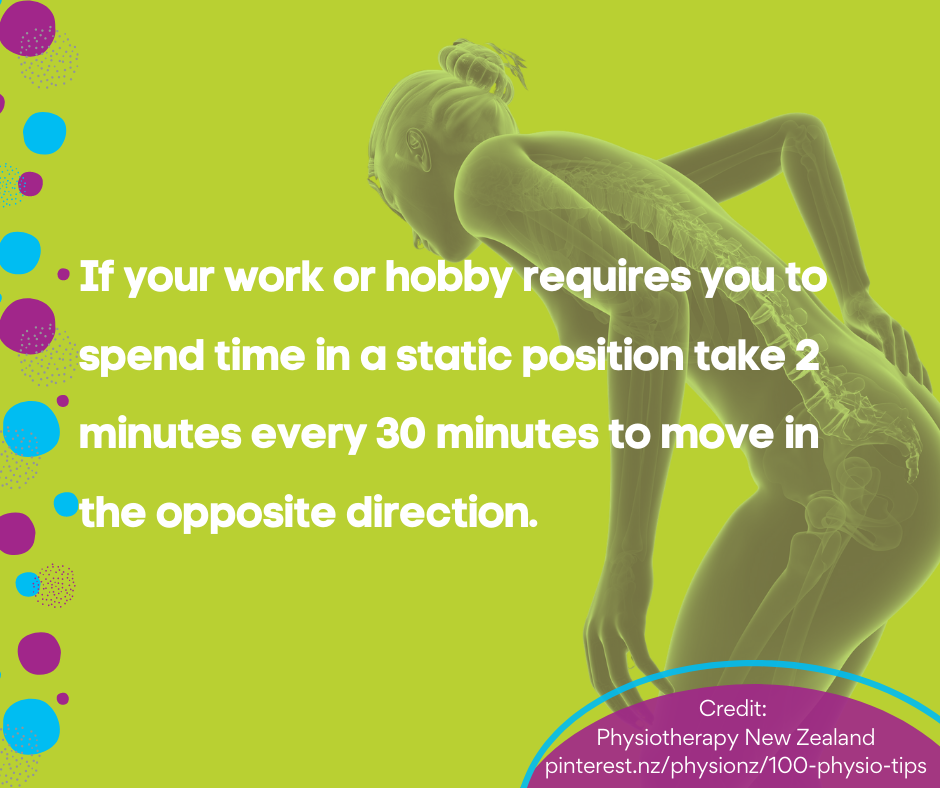
Posture can be defined as the way you arrange your body and limbs to complete a task and can be either static like when you are sitting, standing or sleeping or dynamic when you are walking, jogging, or jumping.
The science behind posture and the way we think about it is always changing as postures can be very different from one person to the next and there may not be an ideal posture. Studies have shown that there is no difference in the standing and sitting postures between people who have pain and people who don’t and even pain free people will have various postures throughout the day.
It may seem now that posture doesn’t matter at all but there are times when posture and form do matter. A great example is when you are in pain and it makes sense to avoid certain postures in the short term to allow your symptoms to settle. For instance, if you’re having issues with back pain and more specifically bending forward, our physiotherapists and exercise physiologists may have you avoid this movement or give you adjustments to the movement as needed. When your symptoms settle you should be able to return to bending as normal. Spending long periods of time sitting or standing in the same position can make the fittest and strongest of us tight and sore so if that’s the case get up and move around. Good form and posture also matters if you are involved with heavy lifting or repetitive lifting. If there is any pain or discomfort associated with a lift then getting assistance or seeing a professional to assist with modifications can be beneficial.
Important things to remember in regards to posture:
There is no perfect or optimal posture. The best posture for you is the one that is most comfortable. Posture is only a concern when there is discomfort or pain associated with it or you are lifting heavy or lifting repetitively.
Your body is strong and given enough time will adapt to certain postures.
Your best posture is your next one so remain active and avoid staying in one place for too long. Your body is made to move so take some time every 30 minutes to move if you are sedentary and ensure that aerobic and resistance exercise is also part of your weekly routine.
If you have any questions about posture or the specifics about building an exercise routine feel free to come and see one of our physiotherapists or exercise physiologists.

